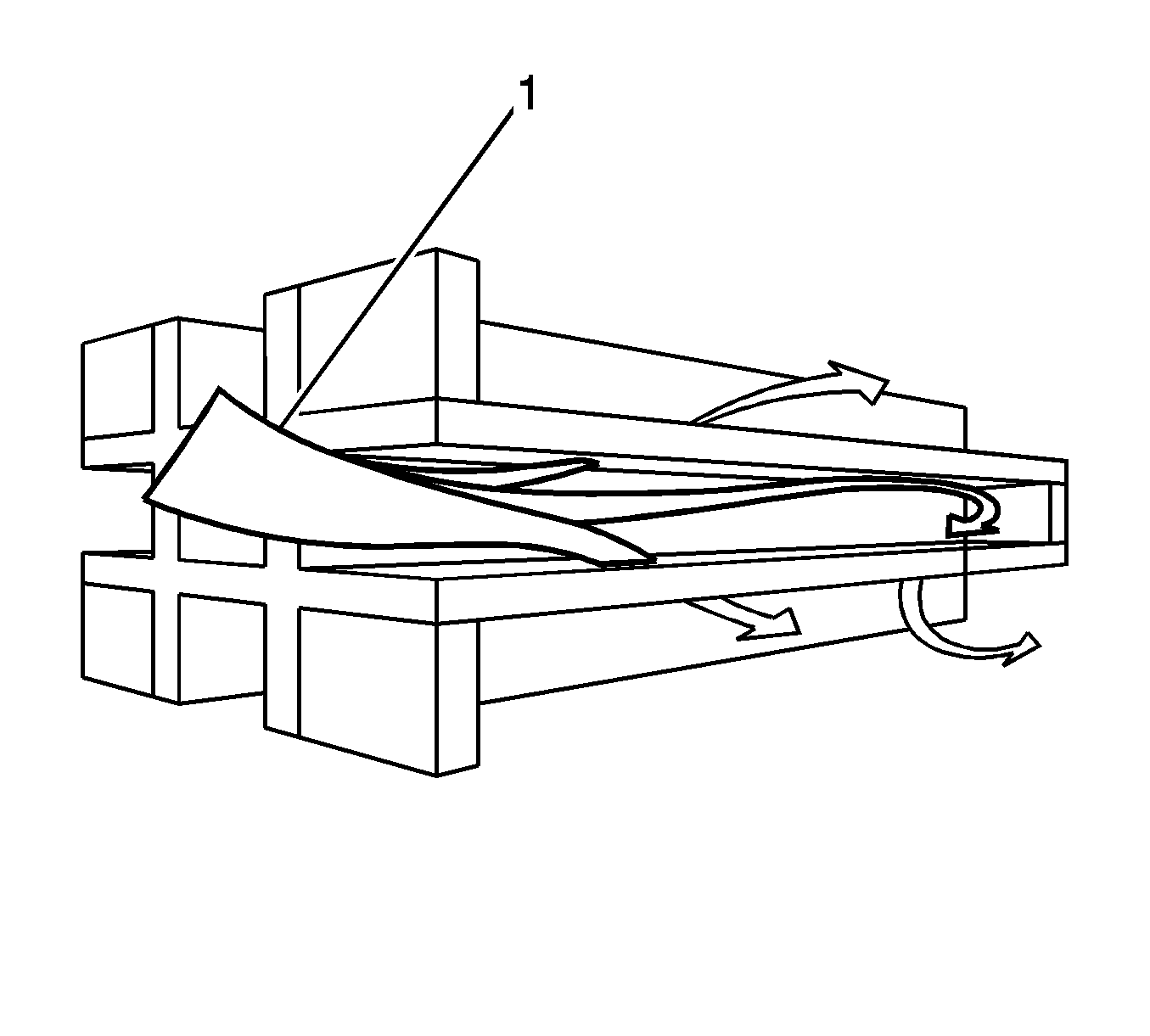The exhaust particulate filter (EPF) captures diesel exhaust gas particulates, preventing their release into the atmosphere. This is accomplished by forcing particulate-laden exhaust (1) through a filter substrate of porous cells, which removes the particulates
from the exhaust gas. The exhaust gas enters the filter, but because every other cell of the filter is capped at the opposite end, the exhaust particulates cannot exit the cell. Instead, the exhaust gas passes through the porous walls of the cell leaving the
particulates trapped on the cell wall. The cleaned exhaust gas exits the filter through the adjacent cell. The EPF is capable of reducing more than 90 percent of particulate matter (PM).


